#springfield museum
Text

Winslow Homer (1836 - 1910) - The New Novel, 1877, watercolor on paper.
#winslow homer#19th century art#woman#reading#novel#reading a novel#watercolor on paper#watercolour on paper#springfield museum#landscape painter#illustrator#american art#american artists#anerican artist#american landscape painter#american illustrator#drawing#wood engraver#wood engraving#oil painter#oil painting#watercolourist#watercolorist#watercolor painting#watercolour painting#marine artist#museum of art in springfield
859 notes
·
View notes
Text
NaPoWriMo #19: A poem recounting a historical event
To a Man Commenting Upon Lincoln's Homely Features
Abraham Lincoln knew quite well
He had never been beauty-graced.
When Douglas met him in debate
And told him he was quite two-faced,
Old Lincoln made a quick reply
With his usual sense of fun:
"If I'd another face to wear,
Do you think I would wear this one?"
#napowrimo 2024#poetry#history is awesome#presidential talk#abraham lincoln#the man in the title is my father#who did say 'lincoln was a pretty homely guy wasn't he?' when looking at a wall of lincoln portraits in the springfield museum#which gave me the perfect chance to share this anecdote#incidentally my dad told me springfield was his favorite part of the road trip#and having me there to tell him all the extra historical details much improved the experience#so...success!#it would have been fun to use this prompt to do a full-on historical poem#but when i'm three days behind i have to go for the quick and easy#i'm just not gonna look at the atrocious meter in this one you can't make me
20 notes
·
View notes
Text
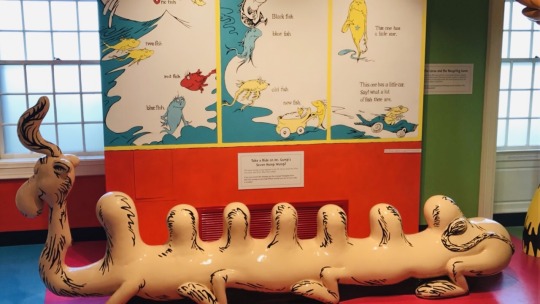






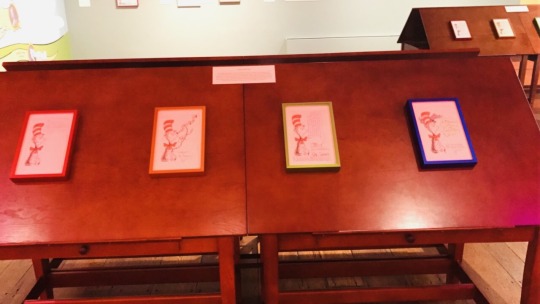

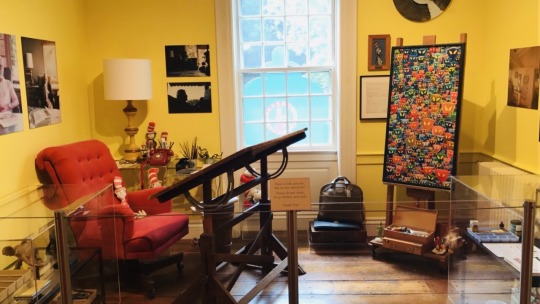
Dr. Seuss Museum. Springfield, MA
4 notes
·
View notes
Text

Some highlights from my morning at the Springfield Museums last week:
I spent an hour beforehand reading and people-watching in a downtown coffee shop with lots of famous Italian Americans on the walls and an older woman behind the counter who called everyone “my love.”
The sun was starting to shine when I made my way to the museums at about 10 am.
I went to the Dr. Seuss Museum first. The city takes a lot of pride in being the place where Theodore Geisel grew up, which has been the source of some awkwardness in recent years as people have brought his racist illustrations and political cartoons to light. I think that there is a place for learning about his life and his art without celebrating him as a man. His racist views were by no means unique in Springfield in his time, so as a white person who lives a few blocks from his childhood home, it’s important not to distance myself from his life. Seeing the goofy letters he wrote to his nieces and nephews challenges his legendary status in my mind. In all his fame and all his flaws, he was just a guy who grew up in Fairfield Street. Everyone who we immortalize, whether it be as a hero or a villain, is just a person born out of the same world as us.


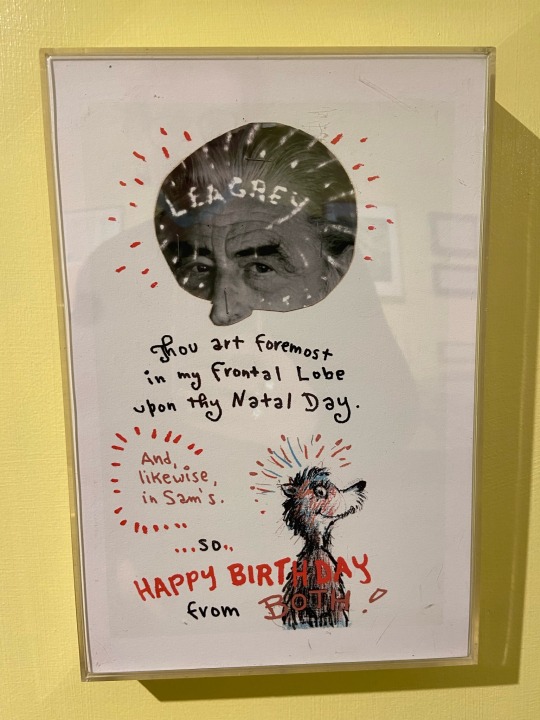
I spent most of my time in the Science Museum— my favorite place in the world at age six. This time I caught up with the animals, both live and taxidermy, read the odd blurb about habitats both local and abroad, and thought about the future of a museum like this. The collection of Indigenous artifacts is not on display, but is set to return with more input from indigenous people as to how their cultures should be represented. It’s suspicious in the first place that Indigenous and African art are displayed in a natural history museum rather than across the quadrangle with the European art.


I couldn’t stay past 12:45, so the rest of my visit consisted of rushing around one of the two art museums in search of exciting typeface (a new interest of mine since my design class this spring semester spent a unit working with it). I found little, but did discover that my distaste for the typeface used by Erastus Salisbury Field’s “The Historical Monument of the American Republic” is one of many contributing factors to my attitude toward the piece in general. I also enjoyed a painting of a funny-faced aristocratic family (i can’t remember anything else about that painting) as well as John Haberle’s “Japanese Corner” which to me seemed like an artifact of the American and European arts and crafts movement’s fascination with Japanese Art (another thing I learned about in my spring semester design class). It’s nice that all these museums are free to city residents.



#museum#springfield#massachusetts#science#natural history#art#design#dr suess#theodor seuss geisel#weasel#arts and crafts#erastus salisbury fields#the historical monument of the american republic#michelle and donald d’amour museum of fine arts
3 notes
·
View notes
Text
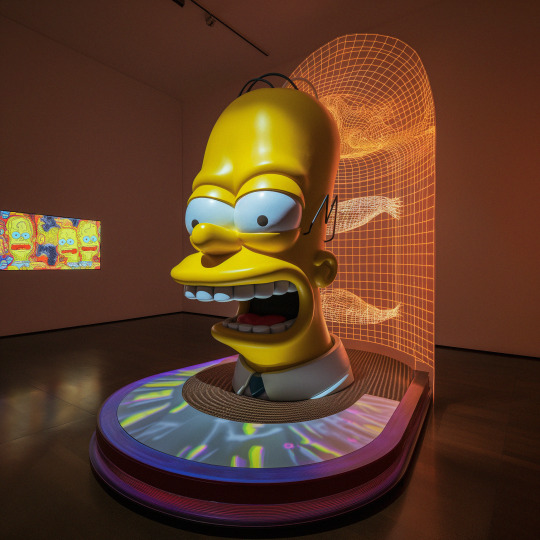
simpsons museum, springfield, idaho
#the simpsons#homer#homer simpson#museum trip#museum#museum aesthetic#installation art#surreal sculpture#cartoon art#pop art#james turrell#simpsonpunk#springfield#matt groening#jeff koons
0 notes
Text

Black Wool Suit, 1901, American.
Met Museum.
#met museum#20th century#wool#menswear#american#usa#extant garments#black#1901#1900s#suit#1900s usa#1900s suit#1900s menswear#massachusetts#springfield
0 notes
Text

Prowly loves getting postcards of his creepy idols!
[ID: Prowly the Halloween Owl is seated next to a postcard, partly propping it up; the postcard depicts a sculpture of the Grinch and his dog Max, from the outdoor sculpture garden of the Dr. Seuss Museum, part of the Springfield Museums complex in Massachusetts. He looks awed by the Grinch.]
64 notes
·
View notes
Text




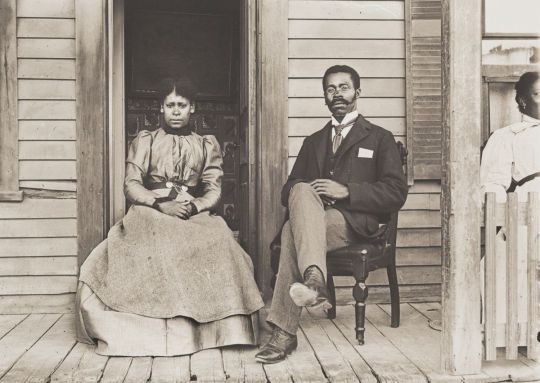

Local histories are essential to rediscovering our ancestral idenities and cultural landscapes, re-examing how communities navigated the gendered, racial, and class systems and structures of our world, and reclaiming our futurepasts | today we're taking a trip to Worcester Massachusetts' historic neighborhood of Beaver Brook where indigenous, diaspora, and immigrant folks across colorlines and countries lived and labored together.
(1) Thomas A. Dillon, a Virginia-born coachman, and his wife Margaret Dillon, a domestic servant and native of Newton, Massachusetts, sit in their home located at 4 Dewey Street with their children Thomas, Margaret, and Mary (1904)
(2) James J. Johnson an afroindigenous Nipmuc, hailing from Narragansett, Rhode Island, and his partner Jennie Bradley Johnson, a Black migrant from Charleston, South Carolina, pose with their young daughters Jennie and May. James worked as a coachman while Jennie worked as a laundress. Mr. Johnson passed away shortly after this photograph was taken (1900)
(3) Little Susie Idella and Harry Clinton Morris were the children of Sandy Morris, a New Orleans native, and Susie Arkless Morris, a Nipmuc community member. These two were the great-great-grandchildren of Sampson Hazard, a Revolutionary War veteran (1901)
(4) An elderly relative of Mrs. Louden posed among flowers (1901)
(5) Betty and Willis Coles were Virginia migrants who arrived in Massachusetts in the 1890s. Willis, worked as a day laborer and later became a pastor in Springfield, Massachusetts (1902)
(6) This group may have been entertainers at an Old Home Days celebration, a popular event at the turn of the century held to commemorate the area’s rural past (1906)
Sources: "Beaver Brook Neighbors" (Alex Q. Arbuckle, 2018) | Clark University and Worcester Art Museum
#black people are everywhere#our history is your history#for my afrofolio of period dramas#BlackExcellence365#cultural landscaping#local black history
107 notes
·
View notes
Text
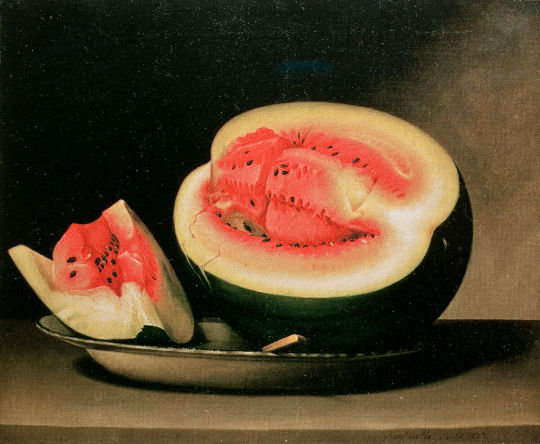
In honor of National Watermelon Day!
Interesting facts about the artist who painted this still life painting. Raphaelle Peale (1774 – 1825) was an American painter who had siblings named after prominent artists and scientists. Their names include Rembrandt, Rubens, Titian, Angelica Kauffmann, Linnaeus, and Franklin. Their father was an artist, Charles Willson Peale.
Raphaelle Peale is considered the first professional American painter of still life.
Still life with watermelon
Peale, Raphaelle, 1774-1825, American [artist]
Oil on canvas
1822
Repository: Museum of Fine Arts, Springfield, Massachusetts, United States
HOLLIS number: olvwork430753
This image is part of FAL’s Digital Images and Slides Collection (DISC), a collection of images digitized from secondary sources for use in teaching and learning. FAL does not own the original artworks represented in this collection, but you can find more information at HOLLIS Images.
#NationalWatermelonDay#StillLife#Painting#Watermelon#StillLifePainting#RaphaellePeale#HarvardFineArtsLibrary#FineArtsLibrary#Harvard#HarvardLibrary#DigitalImages
120 notes
·
View notes
Text
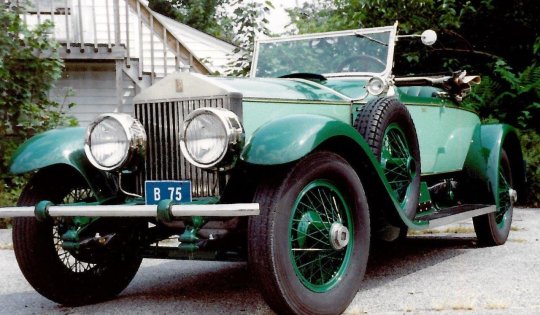

1928 Rolls-Royce Piccadilly-P 1 Roadster
The 1928 Rolls-Royce Piccadilly P1 Roadster is a car that Allen Swift received as a graduation gift from his father in 1928. Mr Swift drove the car for 82 years and is credited with owning a Rolls-Royce longer than anyone else in the world. He died in 2005 at the age of 102 and ensured that the car would be preserved after his death.
The 1928 Rolls-Royce Phantom I has a 7,668cc engine that some say has 113 brake horsepower. The Piccadilly Roadster style body is believed to have come from a Packard.
So by 1988, when Allen’s Rolls needed restoration, not only were we Connecticut based, but we already established 10 years of restoration experience. His pride and joy would soon enjoy a complete body off restoration, as well as engine rebuild in collaboration with one of the greatest Rolls Royce experts of that time, Frank Cooke.
Over the course of M. Allen Swift’s lifetime, he made a great impression on the local AACA meets and car scene. Allen was notorious for being spotted in his Rolls in rain, fog, and sometimes snow. Over the years of his 77 year ownership, Mr. Swift accumulated over 170,000 documented miles. When we completed the restoration of Mr. Swift’s car, he was already at the age of 88. Asking whether he would like us to deliver the car for him, or have him transport the car, he had clarified that neither of which would work, as he intended on driving his freshly restored Rolls immediately. Sure as it would be, Mr. Swift hopped in his Rolls as if it were new once again, and immediately got on the highway and headed home.
Mr. Swift is known for owning a Rolls Royce longer than anyone else in the world- Rolls Royce presented him with a Spirit of Ecstasy award in 1994 for his length of ownership. Reportedly, it still presents incredibly well, and runs like a top.
The Rolls Royce was donated to the Lyman & Merrie Wood Museum of Springfield History, along with $1 million dollars to care for and preserve the vehicle. You can still see Allen’s car there today, in their transportation gallery.
#art#design#luxury cars#luxurycars#luxurycar#luxurylifestyle#vintage cars#allen smith#rolls royce#picadilly#roadster#collectors
85 notes
·
View notes
Video
Another Christmas Cab Unit by Will Rasmussen
Via Flickr:
Trainboy made a quick run down to Springfield in order to nail the NS Santa Train running out of Decatur with me. His truck came in handy to navigate the 5+ inches of snow that fell during the overnight and morning hours. Another nice series of runbys were performed by the fine equipment of the Monticello Railway Museum with Wabash F7A 1189 leading the way at Righter (Harristown, IL).
12-14-2013
#santa train#ns#norfolk southern#wab#wabash#cn#canadian national#ic#illinois central#2013#trains#passenger train#history#harristown#illinois#business car
22 notes
·
View notes
Text
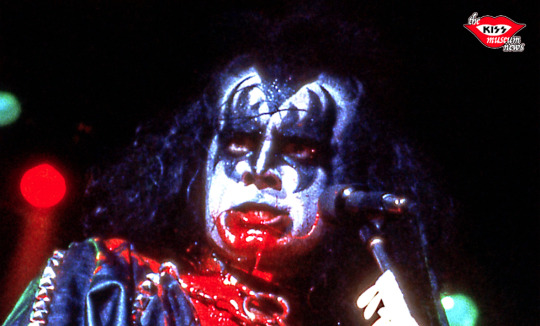
alive II tour ⚡️ springfield civic center springfield massachusetts 01-27-78 klassik kiss
klassik kiss via the kiss museum news
22 notes
·
View notes
Text
The US Springfield Rifle 1861 - .58 caliber was one of the most produced and utilized small arms during the war. Even Rebels used it when we found one or requisitioned Yankee small arms. Credit: Passing Through by Don Stivers during the capture of Carlisle, PA

#springfield#civil war#american civil war#southerners#confederate#states rights#damn yankees#robert e lee#history#gunshot#virginia#confederacy#gravestones#alabama
16 notes
·
View notes
Text



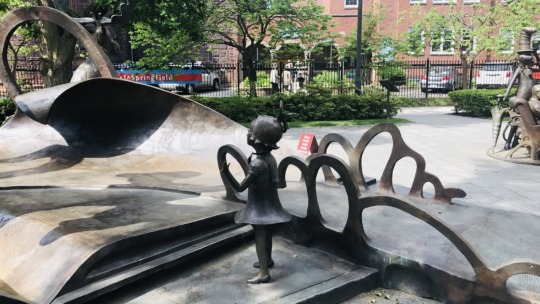

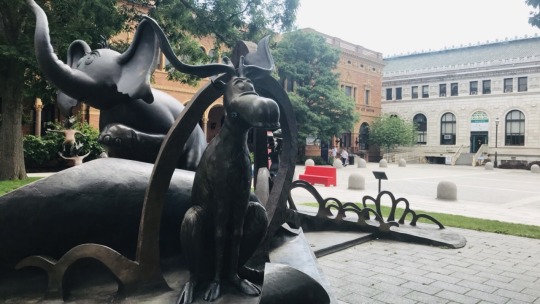




Dr. Seuss Museum. Springfield, MA
0 notes
Text
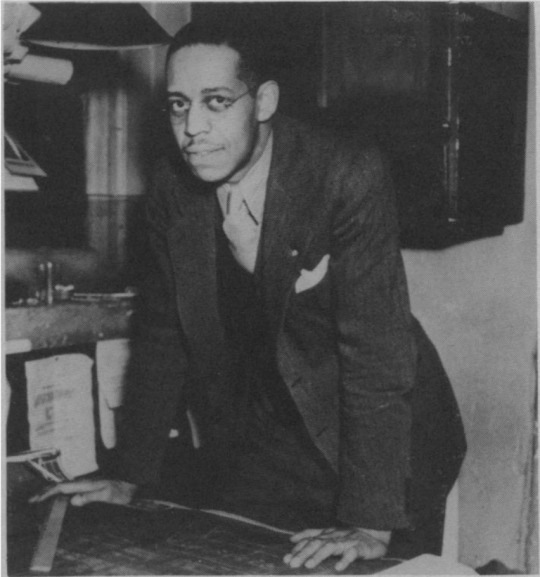
Perry Watkins (April 13, 1907 - August 14, 1974) was the first African American set designer on Broadway. He was a stage painter, makeup and costume artist, producer, and film art director.
Born in Providence, Rhode Island, he attended Hope High School where he and a friend hand-wrote and decorated a daily newspaper called “The Foolscape.” Awarded a scholarship to study art at the Rhode Island School of Design, he studied figure drawing and still life.
Despite having his paintings displayed at the Springfield Museum and the Providence Art Club, he struggled financially and worked as a waiter, chauffeur, insurance salesman, reporter, draftsman, and commercial illustrator. He applied to the Federal Theatre Project with a sample production and was employed.
Starting as a stagehand and becoming assistant technical director at Lafayette Theatre, he began a flurry of work, painting drops, dying costumes, and operating the lighting for Macbeth, designing sets for The Case of Philip Lawrence, Haiti, Plays of the Sea and Horse Play, as well as designing the costumes for Androcles and the Lion. He created sets for Mississippi Rainbow for the Chicago Negro Unit of the FTP and for the Los Angeles Negro Unit’s revival of Run Little Chillun!
He made a breakthrough, becoming the first Black Broadway set designer when he was commissioned for Mamba’s Daughters. He was permitted to take the drafting and art exam for admission into the Set Designer’s Union. He passed it easily and became the first African American to be admitted. He taught in the Rose McClendon Workshop Theatre and the following year designed the set for the revival of The Big White Fog at Lincoln Theatre.
In 1944 he served as the assistant technical director for Walk Hard, which was shown in Harlem and on Broadway. He co-produced Beggar’s Holiday. It was a success, showing one hundred and eight performances.
He ventured into film and television, working on art direction and design for films such as Hercules in New York, Come Back, Charleston Blue, Across 110th Street, and Gordon’s War. #africanhistory365 #africanexcellence
3 notes
·
View notes
Text
Okay so this is for @jettermelon I said I would do this to/for you. Good luck fucker. Bonus points for any of you who know what other TV show is represented in this poll.
#supernatural#spn#for those who know the right answer dont ruin it#dean winchester#sam winchester#castiel#the cw supernatural
19 notes
·
View notes
